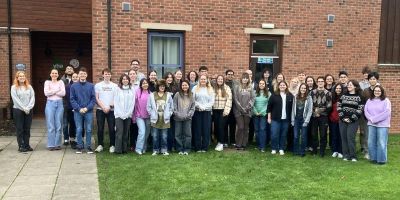Conservation and ecology - bats and roads (impact case study)

Balancing the requirement for economic development with the needs of wildlife is an area of potential conflict.
Developing transport infrastructure is a current priority of the UK government, with plans for major rail developments (High Speed 2, HS2) and several significant road developments.
The presence of linear man-made structures can prevent wildlife from being able to move within their habitats, degrade the habitat and kill directly, so suitable measures need to be put into place to reduce the harmful effects. However, effective mitigation needs to be based on robust research evidence.
Professor John Altringham, an expert on the biology and conservation of bats, with Dr Anna Berthinussen, has carried out research to investigate the most effective ways of enabling bats to navigate across road and rail structures. Professor Altringham and Dr Berthinussen were commissioned by the Department for Environment, Food & Rural Affairs (Defra) to develop standardised and cost-effective methods for assessing the effects of road and rail construction on bats, together with an assessment of the effectiveness of current crossing structures (including underpasses, gantries and green bridges).
The methods that they have developed are quantitative, robust, replicable, and produce data suitable for statistical analysis. Importantly, the approach also allows for comparisons to be made before, during and after construction. Clear survey protocols for use by conservation practitioners and the consultancy industry have been developed, together with a set of recommendations for best practice, management and appropriate mitigation solutions for future linear transport infrastructure schemes.
Specialist training courses on these methods have been developed for CIEEM (Chartered Institute of Ecology and Environmental Management), with over 100 people attending, from conservation agencies as well as road/rail developers.
The recommendations have been included in four research informed guideline documents, in the UK, France and EU, and have been referenced in relation to at least 6 road schemes in the UK, Austria and Croatia. The methods have also been put forward as a template for best practice by the New Zealand Transport Agency.
Altringham and Berthinussen have been consulted about a number of transport infrastructure proposals, for example the proposed HS2 rail development, where they gave evidence to a parliamentary select committee, and for the proposed M4 extension in South Wales, where they contributed to the public inquiry. The uptake of the guidance and advice is being monitored on an on-going basis.




